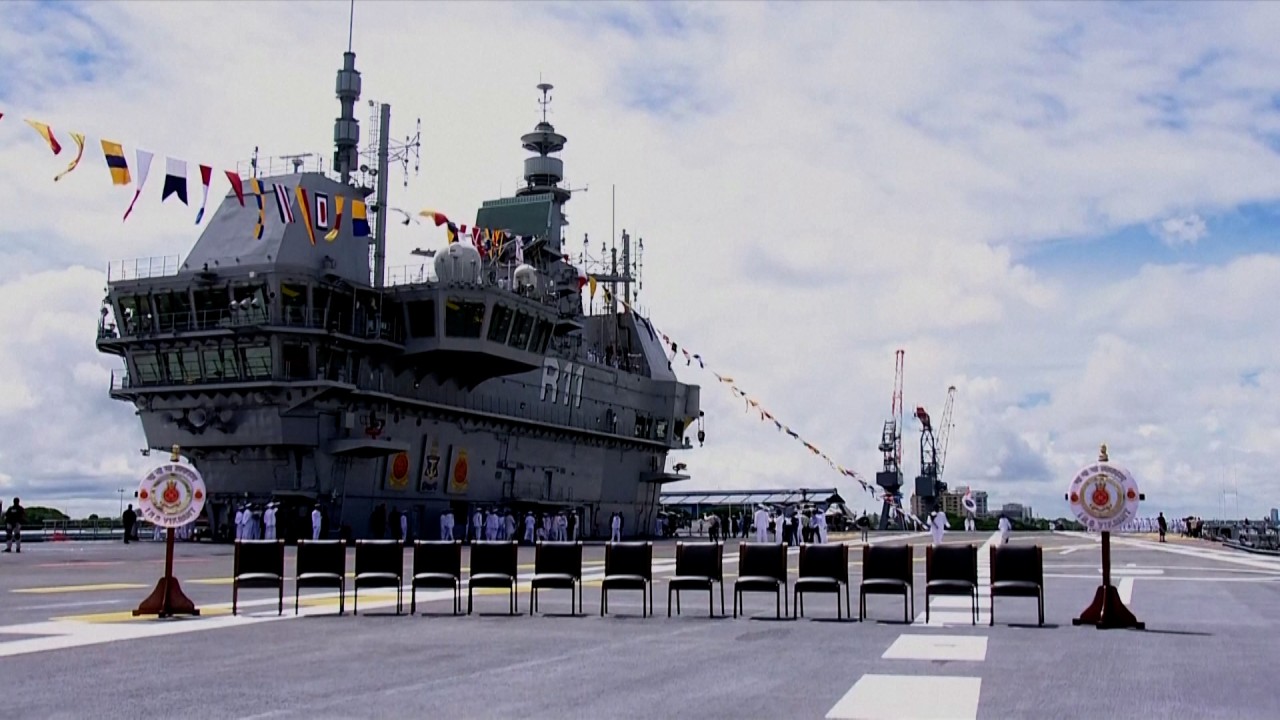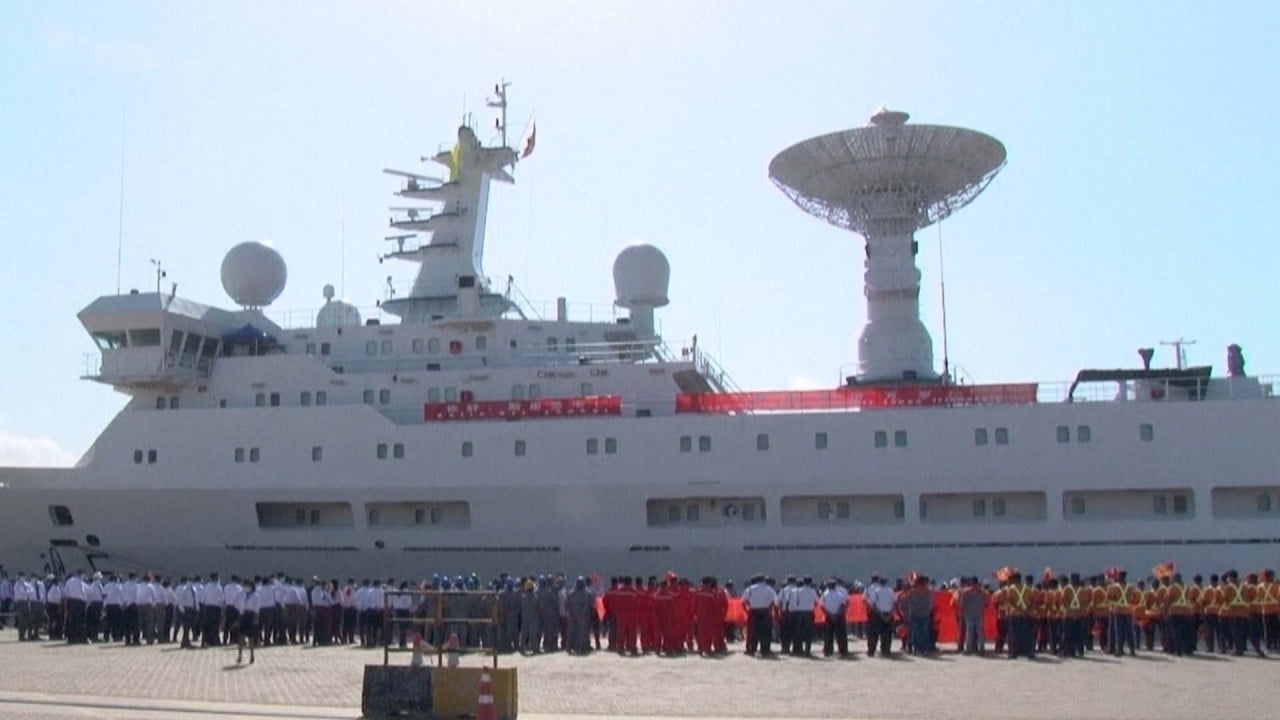
China and India navies vie for influence in Indian Ocean amid border tensions
- Beijing recently sent naval surveillance ships to the Indian Ocean in efforts to expand its regional influence, while India has increased its naval spending
- Supremacy on the water comes as the two sides are locked in a border stand-off along the Line of Actual Control that separates the countries
Over the last few weeks, Beijing has not only sent naval surveillance ships to the region, but even held its first-ever meeting of Indian Ocean countries – both moves widely seen as attempts to expand its influence and corner India.
New Delhi, for its part, has launched a series of countermeasures and strengthened its capabilities. Earlier this month, Indian Defence Minister Rajnath Singh visited INS Baaz naval base in the strategically located Andaman and Nicobar Islands. The base serves as India’s watchtower over the critical Malacca Strait sea route, which is China’s maritime gateway to West Asia and Africa. Reports indicate that the Indian government is now pushing for strengthening maritime connectivity with Indonesia via these islands, as a way of bolstering its regional presence.
Three months after it inducted its first indigenous aircraft carrier the INS Vikrant into service, the Indian Navy commissioned a 7,500-tonne stealth guided-missile destroyer, the INS Mormugao in December. India also received delivery of the INS Vagir, a Scorpene-class submarine capable of anti-surface and anti-submarine warfare.
Analysts now believe that frequent disputes between Indian and China will occur in the ocean.
The Indian Ocean region is crucial for both countries. India lies at its centre and does 95 per cent of its trade, by volume, via its 7,500km coastline in the ocean. The waterway is similarly key to China’s economic and security prospects, as nine of its top 10 crude oil suppliers transit through the Indian Ocean.
Chinese ‘intrusions’ increase
Since August, even as the two sides were locked in a border stand-off along the Line of Actual Control that separates the countries in the Indian regions of Ladakh and more recently, Arunachal Pradesh, there have been at least two instances of Chinese ships visiting the Indian Ocean, sparking Delhi’s ire and raising suspicions.
In early December, Indian navy chief Admiral R Harikumar said “a lot” of Chinese ships were operating in the Indian Ocean. The Indian Navy’s Southern Naval Command chief Vice Admiral M.A. Hamphioli added that “intrusions” by Chinese ships were “not uncommon”.
India boosts warship patrols to catch up with China but funding gap remains
“China’s ambition in the region isn’t new, but it is finding new ways to engage with stakeholders here,” Vasan said. “This latest initiative is all about showing their presence and saying that I might be an extra-regional player but I am a stakeholder, nonetheless.”
New Delhi counters
The Indian government has been on a spending spree recently to strengthen its naval capabilities. Last week, it approved a combined 12 new purchases for its Navy and coastguard, including naval anti-ship missiles, multipurpose vehicles and hi-tech high endurance autonomous underwater vehicles, which will give India’s anti-submarine operations a major boost.
India revives maritime security bloc with an eye on China’s growing influence
News reports also indicated the possibility of the Indian Navy deploying additional maritime forces in the eastern Indian Ocean by leasing a jetty in a private port north of Chennai, aiding its operations around Southeast Asia.
Many are pointing to Beijing’s posturing in the Indian Ocean and comparing it to 2017, when it stepped up its naval presence in the waterway while locked in a stand-off with India at the Doklam plateau.
China cannot surprise India in the Indian Ocean … What happened at the Line of Actual Control cannot happen in the maritime domain
Last week, the British Royal Navy’s offshore patrol vessel HMS Tamar sailed to the Indian Ocean’s Andaman and Nicobar Islands for joint maritime exercises with the Indian Navy. Koh said such exercises would help India to strengthen its regional presence.
Vasan, the retired commodore, agreed and added that Delhi wanted to anticipate China’s increased assertiveness in the region
“It’s in India’s larger interest to remain the guardian and net security provider in the Indian Ocean region, something China cannot do due to geography,” he said.
Vasan said Delhi’s recent moves, coupled with India’s geostrategic advantage, gave it a head start over Beijing.
“China cannot surprise India in the Indian Ocean,” he said. “What happened at the Line of Actual Control cannot happen in the maritime domain.”



